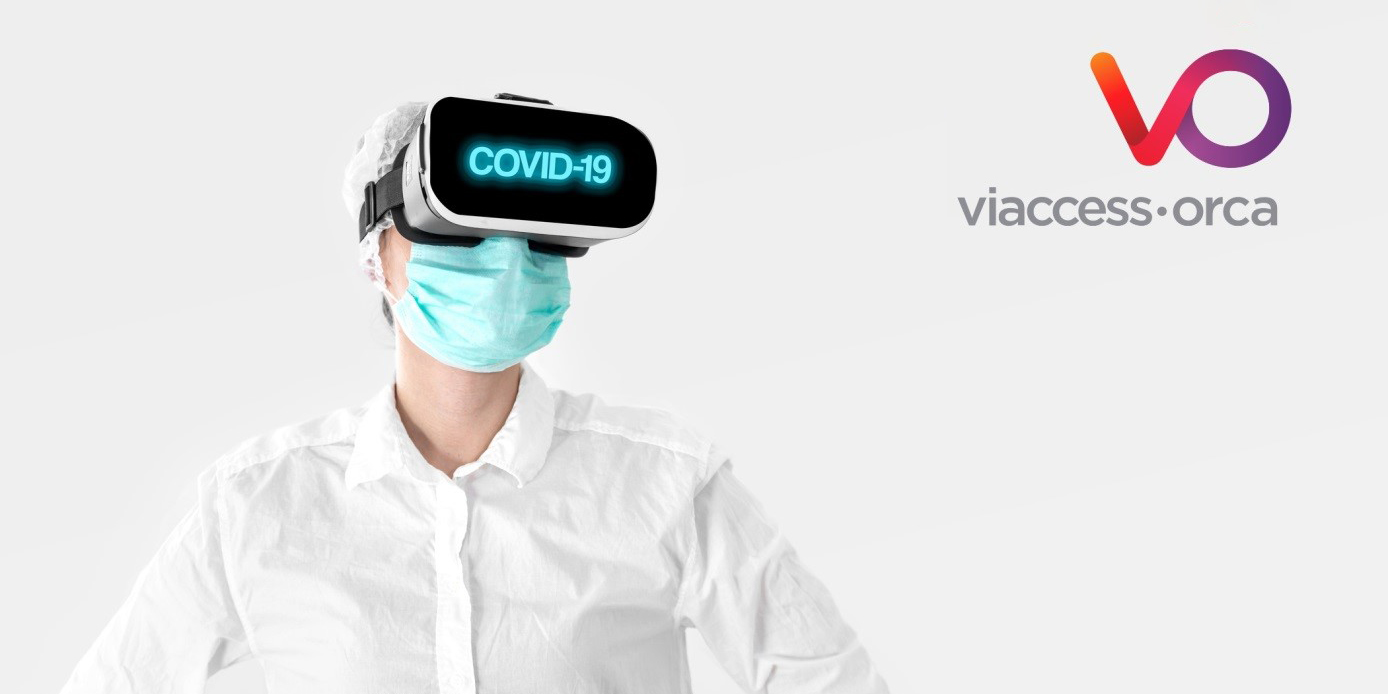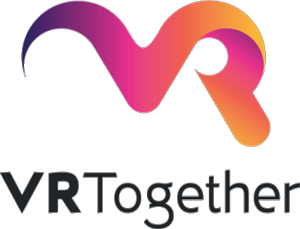
Social VR: staying connected in the time of COVID-19
While more than a billion people are currently social distancing all over the world to stem the spread of the coronavirus, the Internet remains the only way for the majority of us to maintain a minimum of social connection.
Whether it is to ask after our elders, to ensure educational continuity for our schooled children or to allow us to work remotely, instant messaging services or videoconferencing, made available and usable via the internet, hook us to our previous life. Despite everything, these services are far from bringing an interaction as strong and naturally intuitive as face-to-face.
At this stage, Social Virtual Reality seems to be the most promising technology to overcome this real social distancing.
Sharing a moment with family and friends during social distancing would still be possible
Since March 9th that Italians are cloistered at home, they have gotten into the habit of meeting every evening at 8 p.m. on their balconies, to their windows, to sing, to applaud the medical staff and give them their support. This ritual has since been repeated in France and Spain. Beyond the positive aspect that this can have on the morale of caregivers in these difficult times, it shows that these Italians, Spanish, French people cannot live without social interaction, that the early evening is a privileged moment for conversation and sharing with family, friends, neighbors. Imagine for a moment if, despite the illness and the social distancing, you could still share a family meal, drink a beer at the pub with your friends, go to the movies with your wife. Pilots 1 and 2 of the VRTogether project showed that such interaction between physically distant people was possible within the same virtual space. Not only is it possible but it strongly resembles reality since it is based on a photorealistic representation of people. So you can all be gathered in a superb virtual lounge, share a drink and see your interlocutors as they really are at the moment while moving in this virtual space and around these people.
Online conference and online education, the same issue, interaction with objects is actually missing
Many shows (NAB, WMC,…) have been canceled recently due to the pandemic. No alternative solution has been suggested. Why? Because quite simply the technological means currently available do not allow the same interactions to be reproduced remotely as in face-to-face. Yet, the advantages of being able to offer these conferences remotely are numerous:
- No missed flights or international concerns
- Travel time (no traffic jams), money and stress saved
- Reduction of carbon footprint
- Global audience participation regardless of geophysical location
The same problem currently arises for remote education or teleworking. The about 12 million French students are caught off guard and have to deal with Youtube, Discord, Google Drive or Microsoft One Drive, among others, to be able to claim pedagogical continuity. It would be much easier for each teacher obliged to remotely teach and more profitable for each student to be able to meet, students and teacher, in the same immersive environment, a virtual classroom, in which all the teaching materials would be accessible, shareable and editable.
The same is true for the millions of people around the world who are currently teleworking. How do you want to create a strong team atmosphere remotely? Find yourself in a virtual meeting room with a common whiteboard, sticky notes visible to all, with the possibility of projecting and sharing all types of documents while seeing the participants as if they were really next to you, this is key!
This is exactly what VRTogether Pilot 3 offers, not to limit participants with a photorealistic representation in the immersive environment to interact via the gaze and voice but also allow them to use objects as a support for interaction. It is the keystone of Social Virtual Reality.
Our social life: A priority
This sanitary crisis will at least have had the benefit of highlighting the importance we attach to our social life. Linus Torvalds, inventor of the Linux system and Git, and a fervent defender of telework, recently admitted in an article on the internet: “I worried about missing human interaction”.
A report this week on French television showed how impactful social distancing is for top athletes and especially for team sports. In a previous article, we covered the question “How VR can improve athlete performance?” This article takes on its full meaning in the current context and provides answers to these athletes without their sparring partners.
Easter celebrations are coming. In France, the government has prohibited religious entities from gathering people. Social VR solutions are undoubtedly once again the solution in this context.
As a last example, the National Orchestra of Serbia interpreted by videoconference “Bella Ciao” to support Italy, the European country currently most affected by the virus:
The rendering would have been of a completely different nature if this improvised concert had been held in a virtual Opera hall and shared with spectators in total immersion. Coupled with the arrival of 5G, Social VR has undeniable assets to deal with social distancing.
Author: Patrice Angot, Viaccess-Orca
Come and follow us in this VR journey with i2CAT, CWI, TNO, CERTH, Artanim, Viaccess-Orca, Entropy Studio and Motion Spell.

This project has been funded by the European Commission as part of the H2020 program, under the grant agreement 762111.








